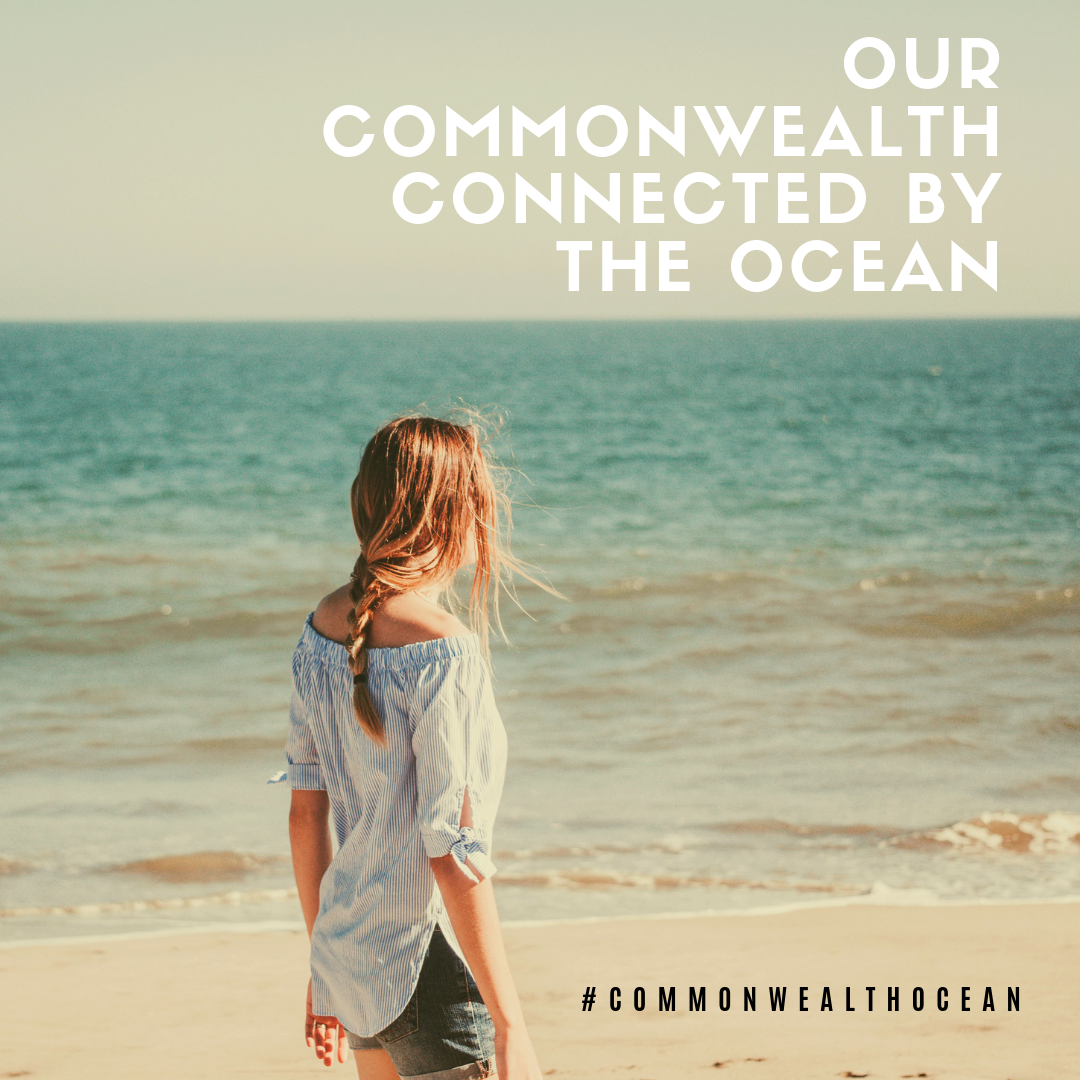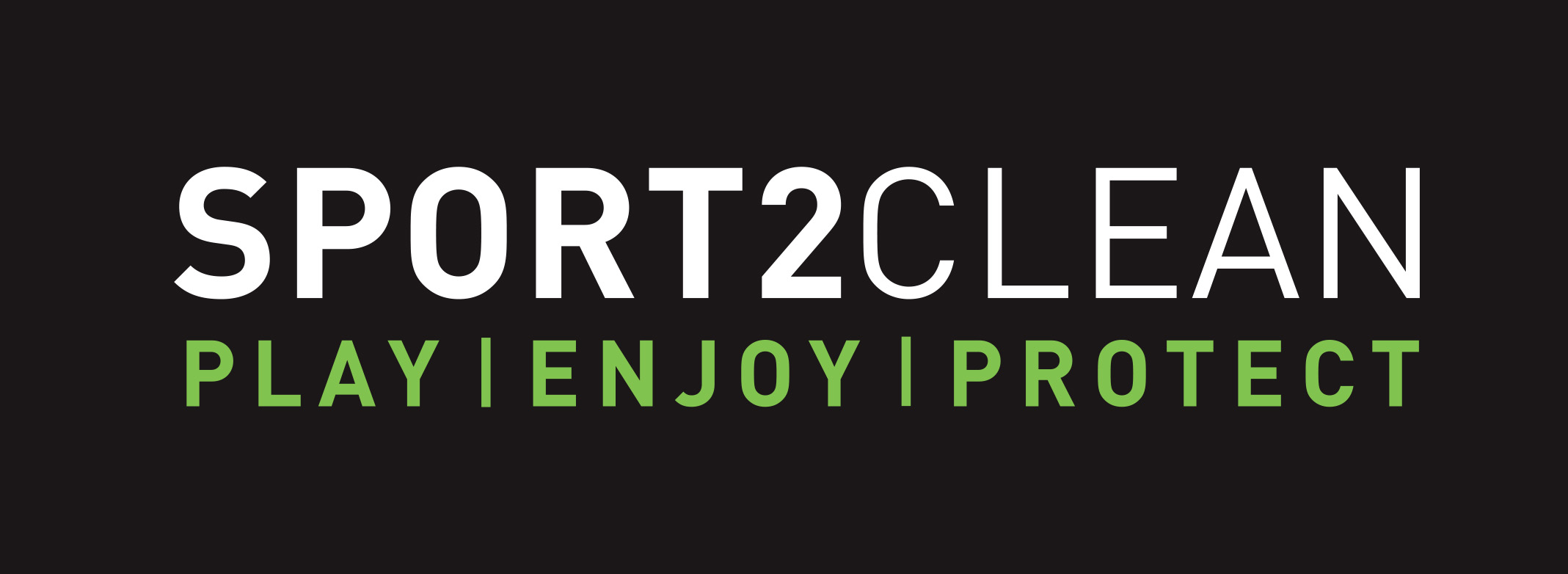
Copyright © 2020 by Carl McCarthy
Tangaroa God Of The Sea
In Māori mythology, Tangaroa (also Takaroa) is one of the great gods, the god of the sea. Sometimes depicted as a great Whale
Source Wikipedia
Auckland to lead with 50 Whale sculptures that will be located throughout the city in aid of helping preserve Waitematā ancestral waters Kaitiakitanga frame work and the Pacific Ocean the largest and deepest of earth’s oceanic divisions.
As New Zealand is bordered by the South Pacific Ocean and the Tasman Sea this is a project of significant cultural and environmental importance to our country our people our heritage.
Culturally – Many traditions mention that whales accompanied or guided the canoes on their journeys to Aotearoa (New Zealand). Waitaha followed his sister Hāhuru to New Zealand from Hawaiki, guided by the whale Tūtarakauika. They eventually landed at Ō-tara-muturangi, near Matatā.
Environmentally – Whales are creatures of the open ocean; they feed, mate, give birth, suckle and raise their young at sea. So extreme is their adaptation to life underwater that they are unable to survive on land. They can also be poisoned by swallowing litter, such as plastics and micro plastics
The significance of whale and this project will be one of its kind. It will enable whales to come ashore and tell their story through this sculpture trail throughout Auckland of how they are currently facing incredibly damaging effects to the ocean from plastic waste, run off , micro plastics and marine debris entering into their food chain. Ultimately if it’s entering into their food chain it’s in ours as well.
This Project will be significant in awareness and value for –
- Waitematā ancestral waters. It is a harbour. Literally it is ‘waters glistening like obsidian’ and references the black obsidian matā rock where the ancestors placed the mauri for fish upon arriving from Hawaiiki.
- Kaitiakitanga frame work if the land and sea is polluted then the health of the people will be affected as will the mana of the iwi.
- Opportunity to lever the vast body of mātauranga Māori, derived from our cultural knowledge.
- Whakapapa (genealogy) expresses our fundamental kinship with the atua and the natural world. Whakapapa explains the origins of animals, plants, features of the landscape and our own intrinsic relationship with them. Through these kinship obligations, kaitiakitanga is concerned with maintaining a natural and appropriate balance, particularly between the needs of people and the natural world. The perpetuation of our whakapapa (genealogy) and culture is paramount. Without a healthy environment that can sustain us, we are under threat.
- A circular economy is a regenerative system in which resource input and waste, emission, and energy leakage are minimised by slowing, closing, and narrowing energy and material loops; this can be achieved through long-lasting design, maintenance, repair, reuse, remanufacturing, refurbishing, and recycling. This is in contrast to a linear economy which is a ‘take, make, dispose’ model of production.
- Ngāti Whātua Ōrākei wishes to see a shift towards waste reduction and better resource husbandry. In general terms, waste should be managed according to the “3-R’s” hierarchy: Reduce: avoid the generation of waste. • Reuse: reuse products either for their original or another purpose. • Recycle: process waste materials to replace virgin raw materials.
- Māori cultural heritage is acknowledged to be a keystone of Auckland and New Zealand’s identity, yet there remains a general lack of knowledge and understanding within the general public about Māori cultural heritage, and its significance within the physical landscape.
- Auckland City Council Auckland aspires to be zero-waste by 2040. Zero-waste is a long-term goal, but there’s a lot we can do right now. Focus on reducing litter, illegal dumping and marine waste.
- The University of Auckland recognising a special relationship with Māori under the Treaty of Waitangi.
The story begins:
Auckland Sculpture Trail
Fifty whale sculptures will make their way across Auckland with the first permanent sculpture to be unveiled at an official blessing and launch during celebration’s in Auckland. This sculpture to hold a permeant location within an Auckland Innovation Centre.
The first sculpture will be this beautifully crafted mesmerising Humpback Mother and Calf depicting a joyful and playful life together.
The second and remaining sculptures will show the playful calf by itself. The calf has left its mother and ventured out depicting this through a multiple sculpture trail in and around Ngāti Whātua Ōrākei ‘heartland.
The reaming sculptures will form the story of the calf from a healthy young juvenile to being shown entangled in marine debris and plastic waste. Ultimately causing its tragic death due to being unable to feed and complications from digesting plastic waste in our oceans.
The sculptures to display identification markers, along with a brief story plaque, age of the calf, weight and distance travelled etc.
This project will engage with the people of Auckland along with providing a wonderful educational journey for our school children from all over the country who can follow the journey, while being able to engage in ocean pollution advocacy conservation and activities within a classroom environment afterwards.
Visitors to Auckland will be able to follow the sculpture trail, taking in some of Auckland’s land marks and Heritage sites. New Immigrants will appreciate the significance the whale has to our cultural heritage.
There will be ten whale sculptures destined for an even greater good, with all proceeds raised from their auction going to benefiting a group of charities within Auckland.
While many of the whale sculptures will remain as permanent artworks around Auckland for future generations to enjoy.
Outcomes:
- Working in collaboration with Ngāti Whātua Ōrākei
- Greater awareness for the central Auckland Isthmus is Ngāti Whātua Ōrākei ‘heartland’. The area extends from the Waitematā Harbour in the north, to the Manukau Harbour in the south, to Avondale in the west and embracing parts of Onehunga, Ellerslie, and Remuera to the east. It includes land around the Waitematā in the southern part of the North Shore and around the Upper Harbour area
- Auckland to lead in becoming a better circular economy supporting Auckland City Council targets through the projects contribution to ocean conservation
- Awareness regarding Micro Plastics
- Raise funds for Auckland Charities through the auction of limited number of whales listed within the project scope
- The University of Auckland to be consulted with the design phase
- Auckland businesses boat builders to build sculptures and moulds
- Creating employment and Jobs for Aucklanders
- Engagement from Government and Auckland City Council
- Supporting Māori Culture and Heritage
- Engagement with local artist to paint sculptures
- Advocacy for the Pacific garbage patch which is threatening our Island neighbours which hold significant heritage to early Māori ancestors
For real change, we must be able to reconnect with our heritage, stories and karakia, and share our knowledge and love of our whenua. Through collaboration with our partners, greater outcomes can be achieved for the environment, the economy, members of the iwi and the wider community.
Source Ngāti Whātua Ōrākei
Communicating a better future, we recognize we are advocates for the oceans as our sport is connected to this natural environment.
Source Americas Cup
Awareness through sport, especially aquatic sports which become platforms for advocacy towards the conservation and sustainable use of our oceans
Source Sport2Clean
About Micro Plastics and Ocean Plastics
Micro Plastics?
Microplastics are plastic particles that are smaller 1 mm in diameter. They are manufactured for use in products such as toothpaste and industrial processes, often as a scrubbing agent. Due to their size, they are often not recycled and end up in waterways and oceans. Microplastics can also result from the breakdown of larger plastic items.
Filter-feeding organisms often consume microplastics where they enter the food chain. According to some estimates there are around 5 trillion pieces of plastic floating in the world’s oceans.
| Overview: Microplastics | ||
| Type | Environmental Issue | |
| Definition | Small plastic particles that enter the environment, particularly waterways and oceans where they become part of the food chain. | |
| Common Sources | Cosmetics
Clothing (synthetic fiber) Industrial Processes Breakdown of larger plastics |
|
| Impact | Plastic takes between 50 and 600 years to breakdown
The breakdown of plastic releases chemicals into waterways Plastic may threaten species, including small species that are the basis of the ocean food chain. Plastic enters the food chain at the lowest levels where it may impact the health of all ocean species and humans. |
|
| Potential Solutions | Capture and recycling at sewage treatment facilities
Reduction of waste from marine transport and commercial fishing. Use of natural scrubbers such as crushed almonds in cosmetic products. Use of plant based biodegradable plastics for industrial scrubbing. Natural fibers in clothing Collecting and recycling macro plastic debris in oceans
|
|
| Related Concepts | Environmental Issues | |
What is Ocean Plastic Clean-up?
Ocean plastic clean-up is a strategy to reduce the amount of plastic debris floating in the world’s oceans. The most common variant of the strategy is to manually clean up beaches that tend to attract large amounts of plastic due to ocean currents. Plastic is then sorted and recycled or reused. A typically beach clean-up recovers about 90% plastic items.
Plastic is estimated to take 50 to 600 years to decompose depending on the type and conditions. There are an estimated 5 trillion pieces of plastic floating or sunken in the world’s oceans. Such plastic enters the food chain and potentially threatens all ocean species and related ecological processes. Plastic also makes oceans less appealing and usable.
Large scale technologies have also been proposed for cleaning up visible plastic items from areas of concentration such as the great Pacific garbage patch. In theory technology could also be developed to clean up microplastics but this is a huge task as it is highly distributed amongst the estimated 332,519,000 cubic miles of water on the planet.
| Overview: Ocean Plastic Clean-up | ||
| Type | Sustainability
Environmental remediation |
|
| Definition | Capturing and recycling plastic debris from oceans. | |
| Related Concepts | Extended Producer Responsibility
Environmental remediation Circular Economy |
|
Note: References *Wikipedia *Ngāti Whātua Ōrākei Iwi Management Plan *Auckland University *Auckland City Council
